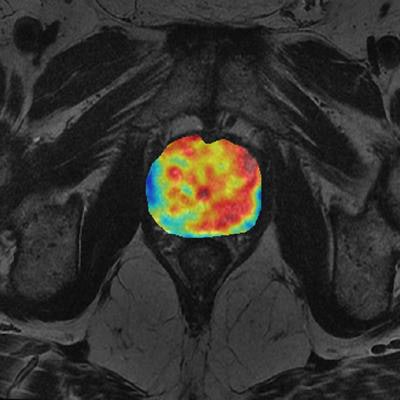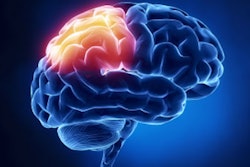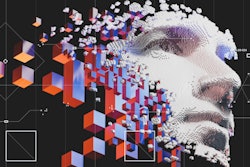
The rapid and effective validation of quantitative imaging biomarkers is essential if they are to have any meaningful future impact on both clinical practice and research, the European Society of Radiology (ESR) has asserted in a consensus statement released on 4 June.
The ESR admits that biomarkers have yet to demonstrate an impact on clinical practice, largely due to the lack of comprehensive standardization in terms of technical aspects of image acquisition, analysis algorithms, processes, and clinical validation, but it says it is determined to wholeheartedly support the process.
"In order to have an impact and improve medical imaging workflow, imaging biomarkers have to be technically and clinically validated and provide additional value and guide radiologists in the diagnosis and assessment process," stated the document, which was published in Insights into Imaging.
Practical steps
The development of new imaging biomarkers involves well-defined consecutive steps, including proof of concept and mechanism, optimized imaging acquisition protocols, source images, analysis methodology and algorithms, statistical measurements, and structured reports, ESR continued.
"Unlike blood or urine analysis where the samples are obtained by simple extraction or excretion, in radiology the acquisition of the sample (the images) is heterogeneous by design, since complex equipment from different vendors is used," it noted.
The main aim of the statement is to establish a standard methodology based on metrology for the validation of image acquisition and analysis methods used in the extraction of biomarkers and radiomics data. Implementation of the ESR guidelines by radiology departments, research institutes, and industry will allow for a significant reduction in intervendor and intercenter variability in imaging biomarkers and determine the measurement error obtained, enabling them to be used in imaging-based criteria for diagnosis, prognosis, or treatment response, ultimately improving clinical workflows and patient care.
"The validation of developed analytical methods must be based on a technical performance validation (precision -- repeatability and reproducibility -- and accuracy assessment) and clinical validation," the authors wrote.
Metrology -- defined as "the science of measurement, embracing both experimental and theoretical determinations at any level of uncertainty in any field of science and technology" -- is the scientific domain in which imaging biomarkers must be validated, as with other measurement devices, they pointed out.
The statement was prepared by the European Imaging Biomarkers Alliance (EIBALL) subcommittee of the ESR. It was approved by the ESR Executive Council on 17 February 2020.
Free access to the full document is available via the website of Insights into Imaging.



















